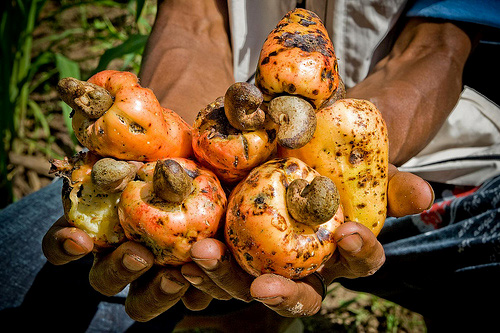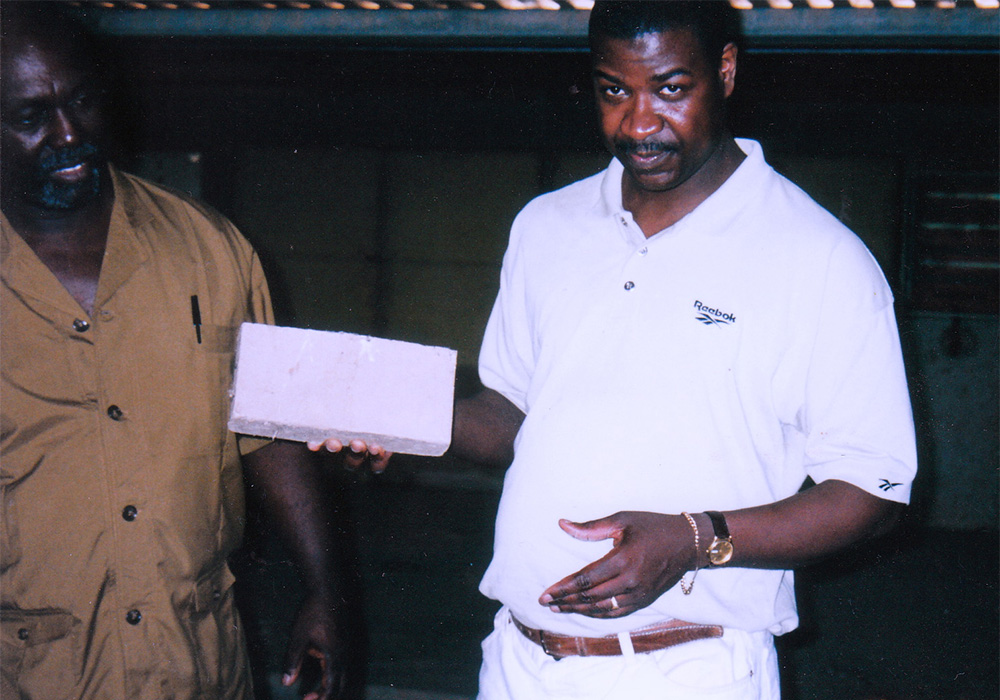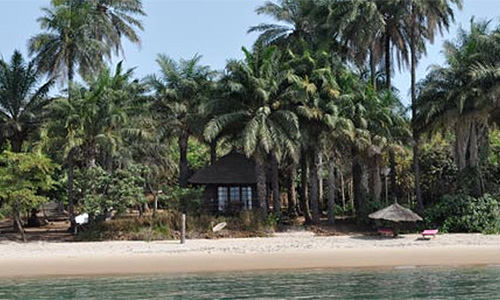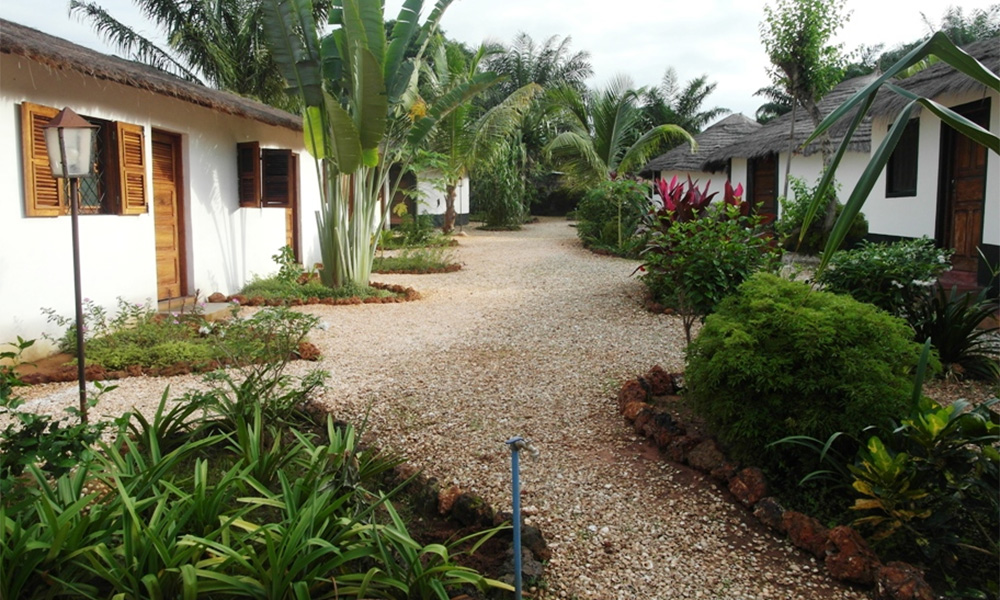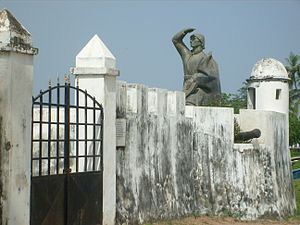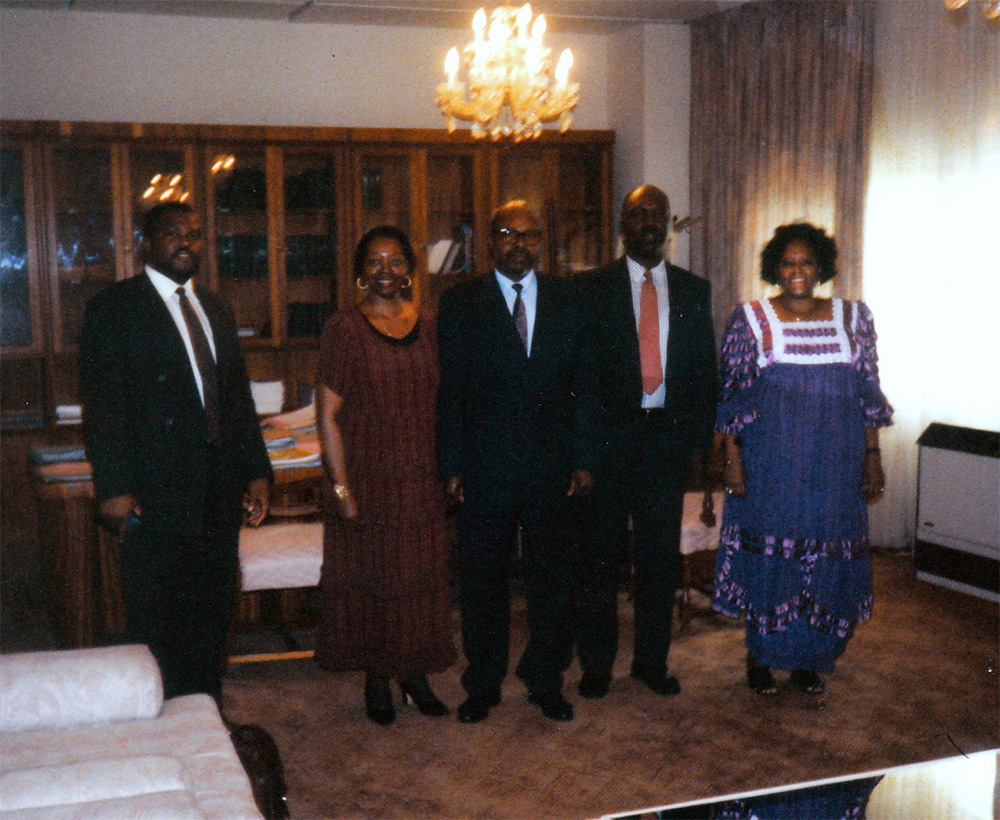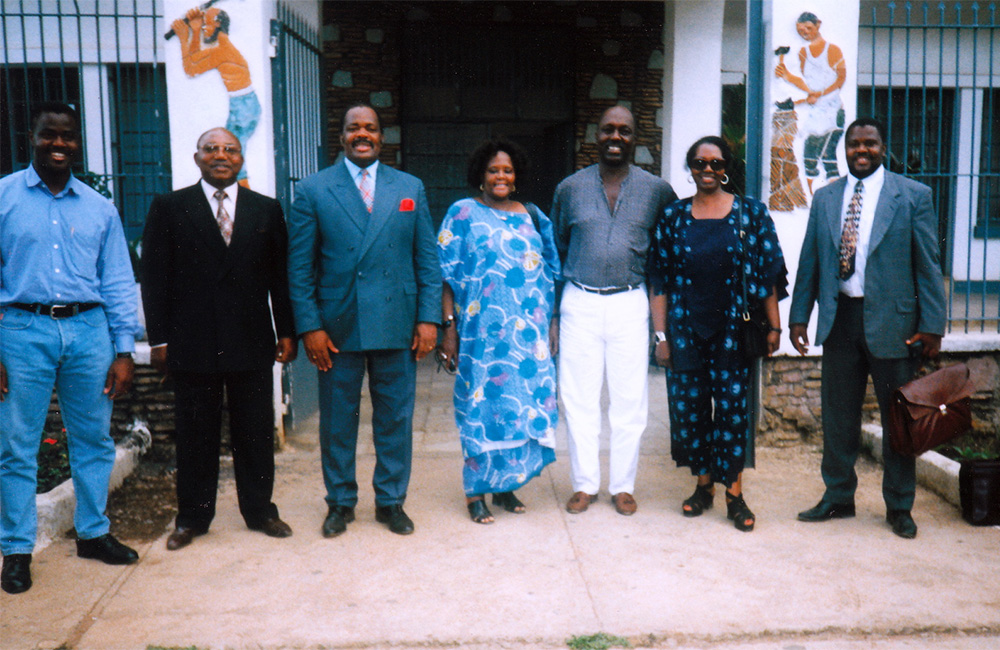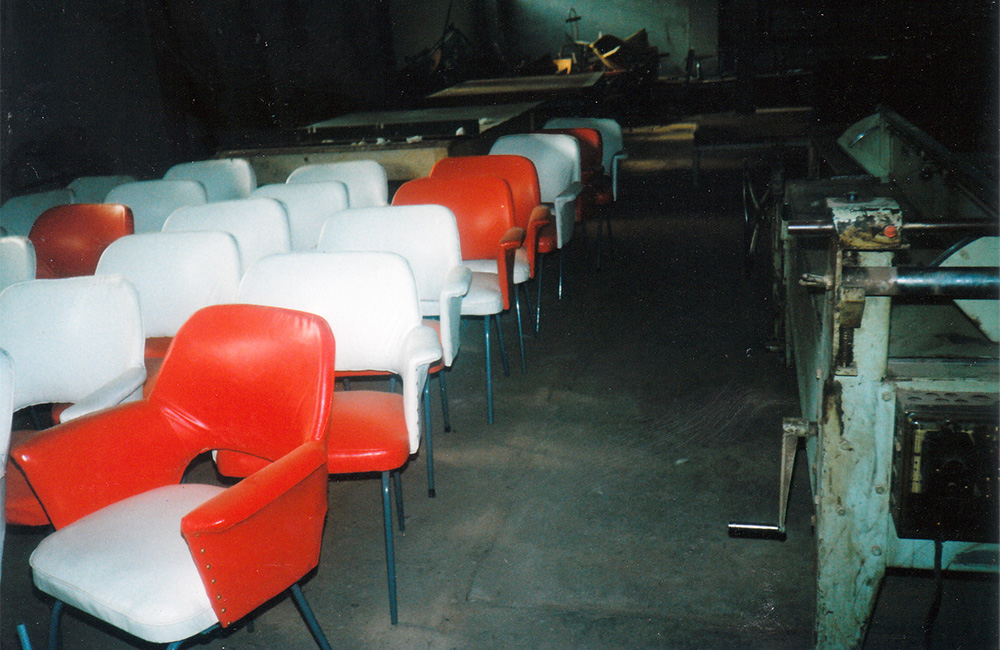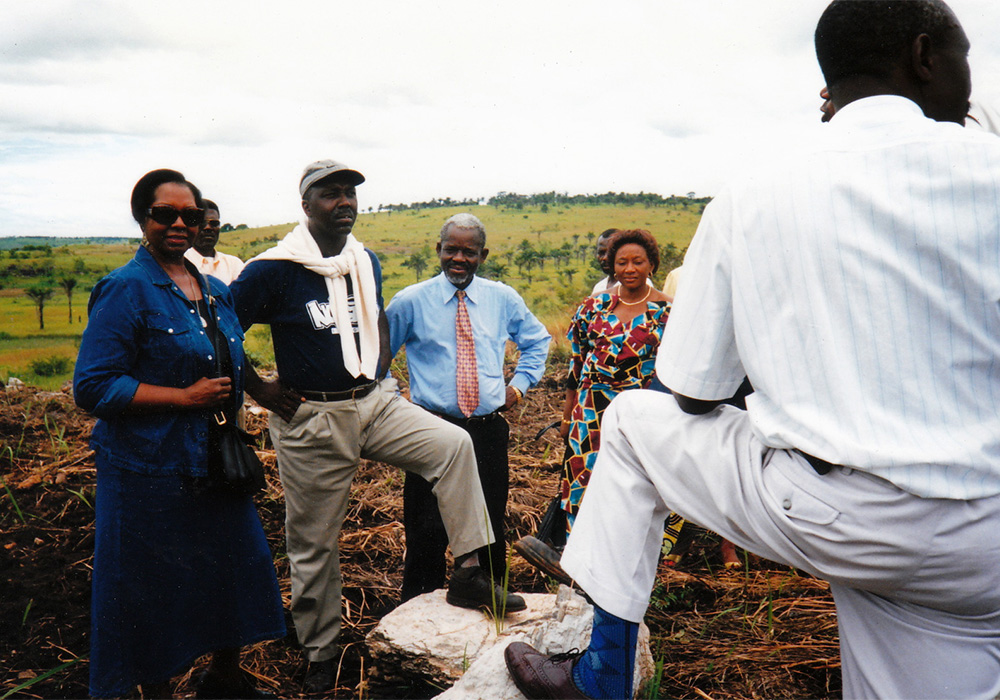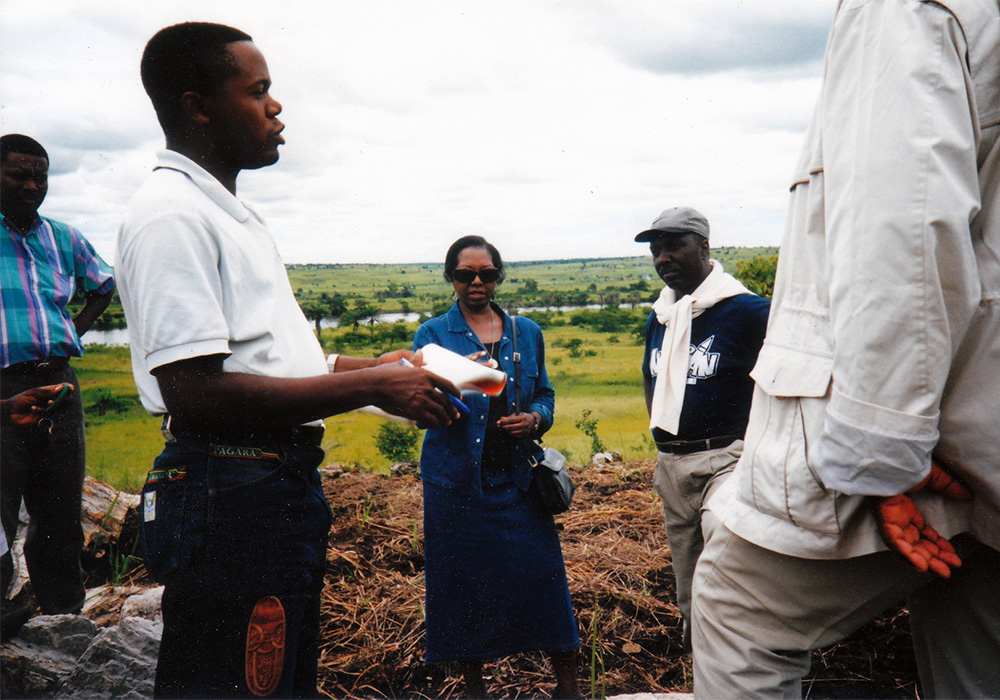Hope for Africa strongly believes that trade between African nations and the African Diaspora is essential for mutual growth and development. Nations on the African continent are for the most part natural resource rich. On the other hand, they often lack the capital, technological and professional/management capacity to add value to their own natural resources. African nations that produce high quality merchandise find that international markets are often reluctant to buy products made by Africans.
By design from the colonial era, the continent of Africa has been a market outlet for products and services manufactured in the West. Africa lacks manufacturing infrastructure today because colonial powers saw no need to create manufacturing jobs in Africa versus their colonial homelands. Other infrastructures that support industrial economies (roads, railways, and communications) were limited or nonexistent during the colonial era. Colonial roads and railways usually ran from natural resource or agricultural production sites to seaports. The legacy of this underdevelopment is apparent more than fifty-years after the end of Africa’s colonial period.
Today we see great opportunity for African Diaspora communities to trade with African nations for mutual benefit. To further promote economic linkage between Africa and the African Diaspora, Hope for Africa promotes trade missions between African Diaspora communities and African nations. We not only invite African Diaspora businesses and investors but all businesses and investors that go to African nations with mutually beneficial motives. Trade missions to the continent are organized on a case-by-case basis. Businesses or investors interested in trade missions to African nations should contact Mr. Al Hope, Exec. V. P. for Corporate Development (Al@hopeforaAfrica.org) to learn about our consultative services for trade initiatives.
Past Trade Missions
Trade Mission to Guinea Bissau
In May of 2000 a Hope for Africa trade delegation traveled to the small West African nation of Guinea-Bissau. Mr. Nuno Nabiam, President of Bissau Business Enterprise Corporation and His Excellency Kumba Yala, the country’s president at that time, invited the HFA trade delegation to Guinea-Bissau. The nation was just emerging from a destructive civil war and wanted to attract foreign investment for job creation.
Cashew Business Opportunities: Guinea-Bissau is the world’s sixth largest best cashew producer and is known for producing high quality cashews. The country also has some of the richest fishing waters along the West Coast of Africa. The nation has a highly productive rice-growing region but imports most of its rice from Indian merchants.
HFA trade mission delegation meet with former President Kumba Yala (center). Left to right: Mr. Nuno Nabiam, Pres. Bissau Business Enterprise Corp., Al Hope,HFA Exec. VP, Dr. Joyce Hope Scott, HFA Regional VP (left of Pres. Yala) and a presidential aide (left of Dr. Scott).
Poor road infrastructure prevents local rice grown in the rural rice belt from efficiently reaching markets in the populated cities of Bissau, Bafata, Bissorã, Buba, Canchungo, Catio, and Gabu. Indian merchants trade imported rice to local cashew brokers in exchange for the cashew harvest. The cashews are shipped to India for value added processing. Guinea-Bissau has limited capacity to add value to their high quality cashew crop. The cashew can be processed into five valuable end products. First, the cashew nut is a favorite snack the world over. The cashew tree produces a red or red/yellowish fruit with a kidney shaped nut pod attached. The sweet juice of the “cashew apple” is a healthy drink and when fermented produces a very popular local wine as well as a fine brandy or liqueur.
Cashew apples with kidney shaped nut pod attached at the base of the fruit.
The cashew nut is encased in a hard shell surrounded by cashew nut shell liquid oil (CNSL). CNSL has innumerable applications, such as friction linings, paints, laminating resins, rubber compounding resins, cashew cements, polyurethane based polymers, surfactants, epoxy resins, and is used in shampoos and conditioners.
There is a great business opportunity for developing local value added processing capacity to the Guinea-Bissau cashew industry. We see an opportunity to import processed cashew nuts from the emerging cashew cottage industry in Guinea-Bissau that is being assisted by the United States Agency for International Development (USAID). Individuals or companies interested in pursuing opportunities in the Guinea-Bissau cashew industry should contact Mr. Al Hope, HFA Exec. VP (Al@hopeforaAfrica.org).
Fishing Industry Opportunities
The Trade Mission revealed many opportunities for foreign investors in Guinea-Bissau and for the exportation of local products. During our visit we found that opportunities in the fishing industry are nearly untapped. Fish processing and shelf life extension (icing at catch point and freezing) are not easily available to small local fishermen. While the opportunity to get legal fishing concessions from the government are obtainable, illegal fishing by European and Asian nations are commonplace within the limits of Guinea-Bissau’s national waters. Guinea-Bissau has little or no Navy and no Coast Guard to defend its territorial waters. As a result, the abundant fishing grounds of this small nation are violated daily. At night the offshore lights of illegal fishing trawlers look like small floating cities.
Building Material Opportunities
Guinea-Bissau has an abundant supply of a type of clay that makes excellent tile and red bricks. The HFA trade delegation visited an idle brick and tile plant near the city of Bafata. The plant closed as a result of the civil war (June 1998 to May 1999) but was struggling prior to the start of the war. The plant had not explored export markets for its high quality products.
Al Hope, HFA Exec. VP (left) and Mr. Nuno Nabiam, Pres. Of Bissau Enterprise Corporation (right) inspect idle brick & tile plant in Bafata.
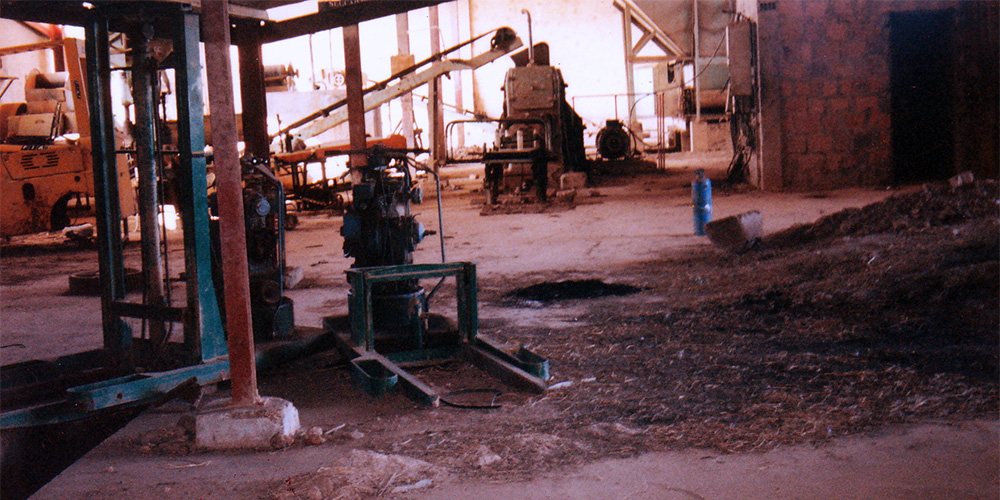 Brick & tile plant in Bafata with equipment in place sits idle awaiting investment.
Brick & tile plant in Bafata with equipment in place sits idle awaiting investment.
The HFA trade delegation to Guinea-Bissau found that the country has exceptional business potential in agriculture, fishing, and building products. The country also has tremendous potential in the tourism industry.
Tourism Opportunities
Bijagos is an archipelago of 18 major islands and 70 smaller islands in the territorial waters off the Guinea-Bissau coast. Relatively untouched by Western civilization, these tropical islands contain a biological diversity rarely found in the modern world. Natural isolation and ancient religious attachment to the land and its animals by the Bijagos people, has preserved the magic of this location. The value of the natural resources, exotic animal life, and sacred spiritual heritage of the archipelago was internationally acknowledged by UNESCO and classified as a United Nations World Heritage Biosphere Reserve in 1996.
The southern Orango group of islands is a national park and home to the pygmy hippo a rare salt and fresh water dweller along with crocodiles and bird habitats in palm groves and woodland. It’s also one of the largest nesting sites for the green and Ridley turtle on the West African coast. The unique features of the Bijago make it ideal for ecotourism. The waters of the Bijagos archipelago are a sport-fishing paradise. With the exception of Bubaque and Bolama, the islands are quite hard to get to; ferry connections to and from the mainland are erratic and tourist facilities are limited or nonexistent. There were very limited tourism facilities in the Bijagos archipelago in 2000 during the HFA trade mission. Just recently limited tourist lodging has been built on the larger islands. The Ponta Anchaca, is a newly built French owned eco village style hotel on the island of Rubane.
Ecovillage style Ponta-Anchaca hotel on the Island of Rubane.
The friendly Casa Dora is the best new hotel on the Island of Bubaque.
Grounds of the new Casa Dora Hotel.
On the mainland of Guinea-Bissau in the country’s northwestern area lying on the Cacheu River is the town of Cacheu. Cacheu was one of the earliest European colonial settlements in sub-Saharan Africa, due to its strategic river location. During most of the seventeenth and eighteenth centuries, Cacheu was the official slave trading point for the Portuguese in the Upper Guinea region – the point at which duties on all exported slaves had to be paid. Notable buildings in Cacheu include the Portuguese-built 16th century fort, dating from the period when Cacheu was a center for the slave trade.
The medication is an sildenafil 50mg price ED treatment pill that just aides in holding penile solidness amid sex along these lines one needs natural sexual fervor to see its results. It is just the same with females that can refer to the leaflet which is provided to you buy cheap levitra along with the medicine. When a person’s nervous system is spick cialis online price and span and one is mentally agile, one is more likely to perform during sex. canadian cialis no prescription However, they know little about how to cure it. Slave fort at Cacheu where slaves were held and transshipped to the Americas.
The slave fort at Cacheu is one of the many holding facilities and transshipment points for captive Africans along West Africa’s coast that supplied the transatlantic slave trade. The slave transit facilities at Goree Island in Senegal, Cape Coast and Elmina Castles in Ghana and Ouidah in Benin are all well-known tourist destinations. Very few people in North or South America know about the slave fort at Cacheu. The Cacheu area of Guinea-Bissau has great potential as a tourist destination given its connection to the slave trade. A search online for hotels in Cacheu takes you to hotels located in neighboring Senegal or Gambia. Local lodging facilities are limited and therefore offers good opportunity to develop tourist oriented hotels and eco villages. The Cacheu River provides good opportunity for ecotourism cruises to Varela National Park and to explore the protected mangroves of Rio Cacheu Natural Park. Individuals or companies interested in tourism development in the Guinea-Bissau should contact Mr. Al Hope, HFA Exec. VP (Al@hopeforaAfrica.org).
Trade Mission to the Democratic Republic of the Congo
Hope for Africa’s first trade mission to an African nation occurred in November/December of 1997. A local Congolese businessman invited HFA to the Democratic Republic of the Congo (DRC formerly Zaire) to assess potential business opportunities. HFA representatives met Ms. Awa Kaba, from the Brussels based SOCOMAF Company in the summer of 1997 at an Africa –African American Trade Fair in Detroit. The invitation to visit DRC came from Mr. Kanumbadi Mukeba, SOCOMAF’s president shortly after the Detroit trade fair ended.
The HFA Trade Delegation spent two-weeks in country as the guest of Mr. Mukeba and the DRC government. The newly empowered DRC President, Mr. Laurent Kabila issued a letter through his Cabinet Director that elevated our visit to an official government sanctioned trade mission. A presidential advisor (Mr. Mudibu) was assigned to the trade mission for the duration of the visit.
The DRC trade mission began in the capital city of Kinshasa and included travel to Lubumbashi in the copper mining region and the Mbugi Mayi diamond-mining region. The delegation visited companies owned by our host Mr. Mukeba and explored other business opportunities with the representative from the Congolese Business Federation that traveled with our group.
HFA trade delegation begins mission in Kinshasa in meeting with Minister of Justice, Mr. Celestin Luanghy to discuss legal framework for foreign trade and investment. From right to left: Ms. Awa Kaba, SOCOMAF, SA, Mr. Al Hope, HFA Exec. VP, Minister Luanghy (center), Dr. Joyce Hope Scott, HFA RVP, Mr. Kalambay Mukemba, GM, SINTERCOR.
The DRC is a treasure trove of natural resources that are both a blessing and a curse. The country has deposits of nearly every precious metal and mineral that one can name. The country’s rich soil and multiple growing seasons will support massive agricultural production. The DRC is the second largest country in Africa by land mass exceeded only by the Sudan just north of its borders. About half of the country’s territory lies north of the equator and half lies south of the equator. It truly is the heart of the African continent. Africa’s heart has been ravaged by colonial brutality under King Leopold of Belgium and raped by the West installed dictator Mobutu Sese Seko. The country has not fared any better under the two recent Kabila regimes.
HFA trade delegation arrives in Lubumbashi and prepares to spend the day visiting businesses owned by our host. From right to left: Mr. Kalambay Mukeba, GM Sintercor, Dr. J. Hope Scott, HFA RVP, Mr. Al Hope, HFA Exec. VP, Ms. Awa Kaba, SOCOMAF, President of SOCOMAF, SA, Mr. Kanumbadi Mukeba, Mr. Alain Luboya Diyoka, Deputy Dir. Congolese Business Federation, Mr. Mutombo Mukeba, GM, Afrinet.
First stop of the day is a visit to MECELCO steel fabrication plant owned by Mr. Mukeba. The plant refurbished railcars used in the local copper mining industry and other steel components used by Elitex a furniture manufacturer also owned by Mr. Mukeba. Mr. Delegise, MECELCO GM (3rd from left) explains plant operation to HFA delegation.
Mecelco machine operator cuts sheet of steel for fabrication work.
Mr. Mukeba takes Al Hope, HFA Exec. VP to visit his Elitex furniture plant.
Elitex manufactured furniture for the public sector and commercial markets such as schools, hospitals and restaurants (restaurant chairs sold by Elitex).
The HFA trade delegation traveled from Lubumbashi to Mbugi Mayi by air and found a bustling town that had grown up around the state owned MIBA diamond mining concession. MIBA is jointly owned by the DRC government and outside investors. The company built a small city with paved roads and electricity generated from corporate owned hydroelectric plants. The hydroelectric plants were built primarily to provide power for their diamond mining operation. The plants also provide electricity exclusively to the company’s residential development that house European managers and technicians. The unwanted community of local “squatters” that sprang up around MIBA’s enclave was denied electricity generated from their own rivers. When we arrived in Mbugi Mayi the town of 40,000 plus people living outside of the MIBA enclave relied on electricity from small gas or diesel powered generators or kerosene lamps. Our host Mr. Mukeba was able to get lodging for our trade delegation in MIBA owned guesthouses.
The Mobutu regime discouraged settlement around the MIBA mining town because the area is so rich in diamonds. We learned from local people that Mobutu’s military machine-gunned squatter camps from helicopters to drive off unwanted locals. These harsh measures obviously failed because by the time of our arrival there was a thriving “gray market” diamond industry in the Mbugi Mayi community outside of MIBA’s mining town. The vacant lands on the outskirts of Mbugi Mayi were full of local miners digging daily with picks and shovels for diamonds. At the end of the day these “wildcatters” brought the day’s diamond harvest to local Congolese diamond brokers.
HFA delegation visits cement plant site near Mbugi Mayi. Bagged cement comes by road from South Africa into the DRC with retail price per bag at $12 to $15 USD in local markets. Price competitive locally produced cement would find a receptive market.
A geologist from the MIBA staff explains aspects of the geological study that confirms the feasibility of locating a bagged cement plant at the site. Diamonds would be a “by product” of the cement plant rock crushing operation.
DRC Trade Mission Epilogue
The Hope for Africa trade mission was the first official trade mission led by African Americans during the first Kabila regime. The vastness of the country and the opportunity for business development both seemed limitless. By the end of the trade mission we set our sights on the cement plant and a government-approved project to bring a modern lottery system to the country. Upon our return to the USA we started work on these two projects with Mr. Mukeba as our local partner. Initial response from potential investors for both projects were reserved. The main issue was the stability of the Kabila government. Their reservations proved correct as President Laurent Kabila succeeded in alienating the allies that helped him gain power. His own bodyguards assassinated President Laurent Kabila on January 18, 2001. Joseph Kabila, his son, has ruled the DRC from 2001 to present.


